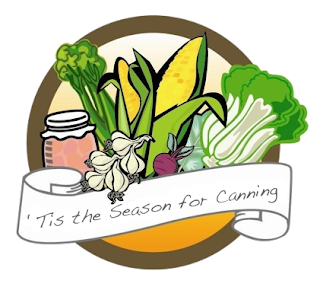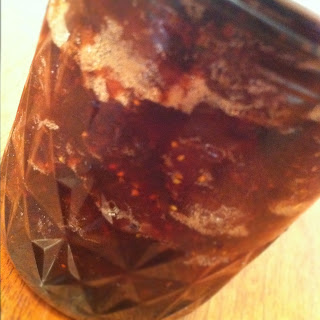
Last Summer while we lived at Grandmother's house, she taught me how to can. I am so very very glad she did because we have enjoyed the results of the labor all this year. Not only is it delicious but 1) I know what the ingredients are (not full of preservatives and junk) and 2) it is cheaper than buying it at the store. Last year we made pickles (dill and sweet), spaghetti sauce (plain, meat and meaty x2), peaches, peach jam, zucchini relish, spicy salsa, corn relish, applesauce, and pizza sauce. I cannot wait for this years crop of veggies to come in because we are getting low on some things. Over the month of June, I would like to share some of those recipes (plus some new ones).
Canning essentials you will need:
1. A waterbath canner with rack or a large stockpot big enough for large jars to be covered with water.
2. Tongs or jar lifter can be found at most grocery stores or Walmart.
3. Jars can be found at garage or estate sales for a minimal price. After people found out that I was canning, I had a couple of people give me boxes of jars to use. Another great place to look is freecycle.com. Simply post on there that you are looking for jars. If those places are a no go, most grocery stores or Walmart have them.
4. Lids and rings come with new jars; however, lids cannot be reused for canning but the rings can.
5. Funnels are so helpful when putting your food into the canning jar.
Most grocery stores have a canning kit that includes tongs, funnel, etc.
Other basics are towels to set your hot jars on and a small pot for heating up your lids and rings. Other than that, those are the essentials to canning.






























